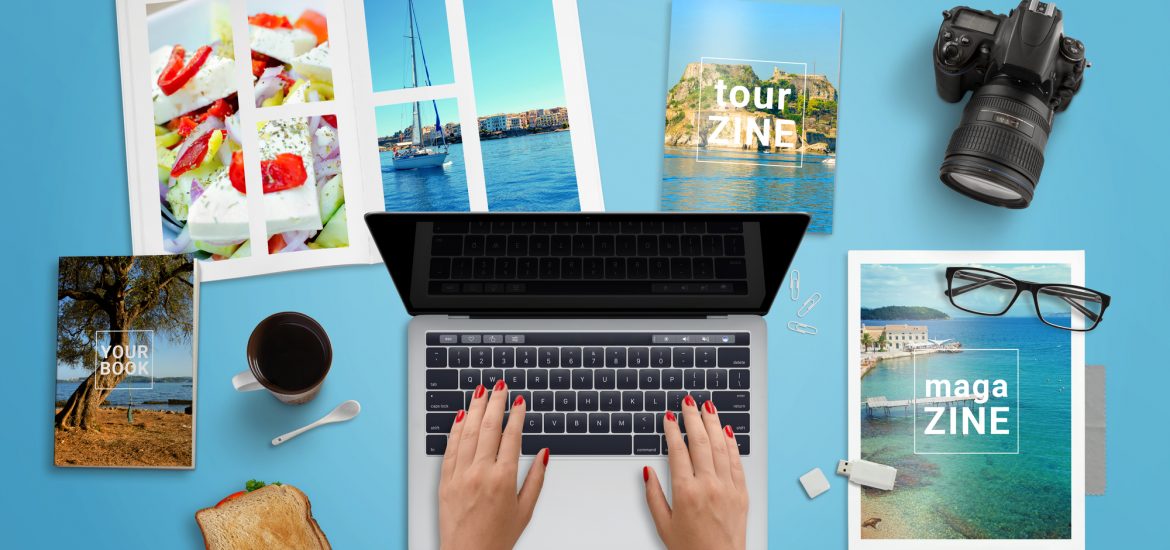The allure of travel is strong, and billions of people travel to see new places and new things every year. But not everyone knows where to go or what to do when they get there. You may have dreamed of being a writer for years before you finally got your big break writing for a travel magazine. If this is your first time writing an article for a travel magazine, or you just want to have a better understanding of what makes gore a great travel writing article, you have come to the right place. We have a guide to help you write the best possible articles for travel magazines.
The most important part of travel writing involves keeping the audience in mind at all times. There is a tendency on the part of many writers to write about themselves and their experiences almost the way they would write a diary or journal about their trips. But the audience doesn’t necessarily share your background and knowledge, so you need to think about what will interest them, what they want to know, and what they need to know to understand a place. Consider the demographic your magazine targets. An article aiming for middle aged married women might read very differently from one that targets younger gay men. Your audience’s knowledge and understanding will dictate how you approach your subject and what information you need to include.
It’s essential to write in a way that is specific and sensual. Paint a word picture of the place you’ve visited and convey a sense of what it feels like to visit. Your readers can look up facts on Wikipedia. What they want to hear from you is about the emotion of travel. How do the facts about a location reflect the colors, smells, tastes, and textures? How is history reflected in the sights and the sounds? You want to share with your readers an understanding of a place at a deeper level, not just as a series of facts that need to be relayed in a list.
Similarly, you should try to use specific details rather than generalizations or vague language to convey the feeling of travel. For example, if you describe the ice blue summit of a volcano contrasting the with the sharp red of its magma rivers, that image is a lot more concrete and memorable than simply saying that the local volcano was erupting. The more specific your language, the sharper the images and the more memorable your article will be. A professional writing service can help you with specific language and powerful article structure.
This extends also to how you present some of the information in your article. Try to place some of it in the mouths of the people that you’ve met. Instead of listing facts in your own words, talk about how you learned them. It is might be vaguely interesting to say that a particular building is 500 years old, but it is much more interesting and memorable to say that “our guide Diego mumbled almost in awe when he told us through trembling lips that the building we were standing in was more than five centuries old and had survived more than thirty recorded earthquakes unscathed, due, he thought, to the intervention of the local saint whose relics were kept inside.” One way tells a fact, and the second gives an experience.
Finally, it’s also important to tell a story in your article. One of the most common and effective patterns is the quest. This can be a real physical quest such as the story of how you got to your destination, but it can also be a symbolic or spiritual quest, such as the search for wisdom, insight, or experience. By framing your article as a search for something, you create a sense of curiosity that can propel the narrative and deliver enough suspense to keep the reader interested in continuing all the way to the end of the article to see if you reached your goal. It also can help you in deciding which details are important and which are expendable as you frame your narrative to fit in the space allowed.
Writing a travel article can be exciting, and by following this simple guide, you’ll soon have a compelling and interesting article that will be sure to be a hit in any travel magazine.

